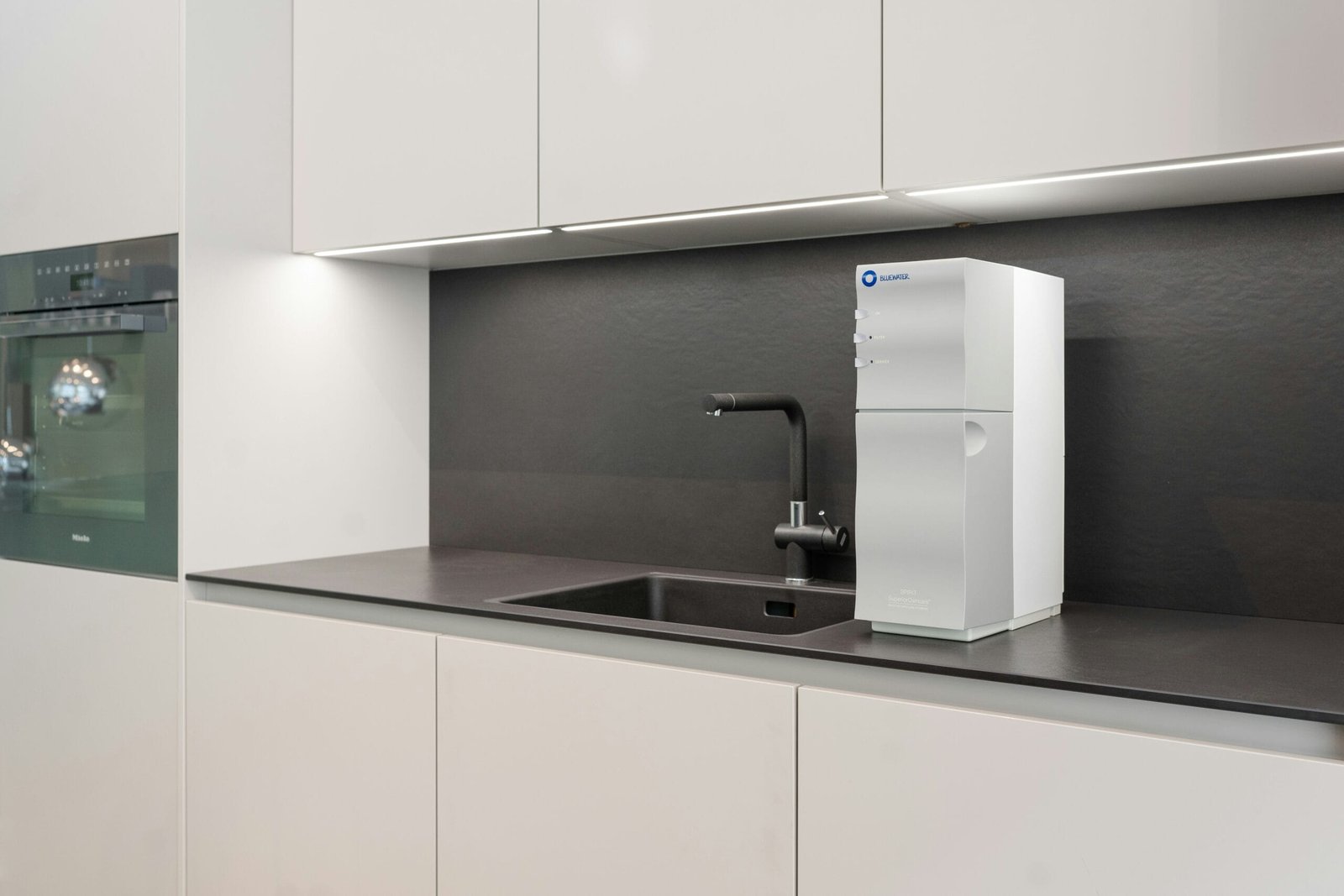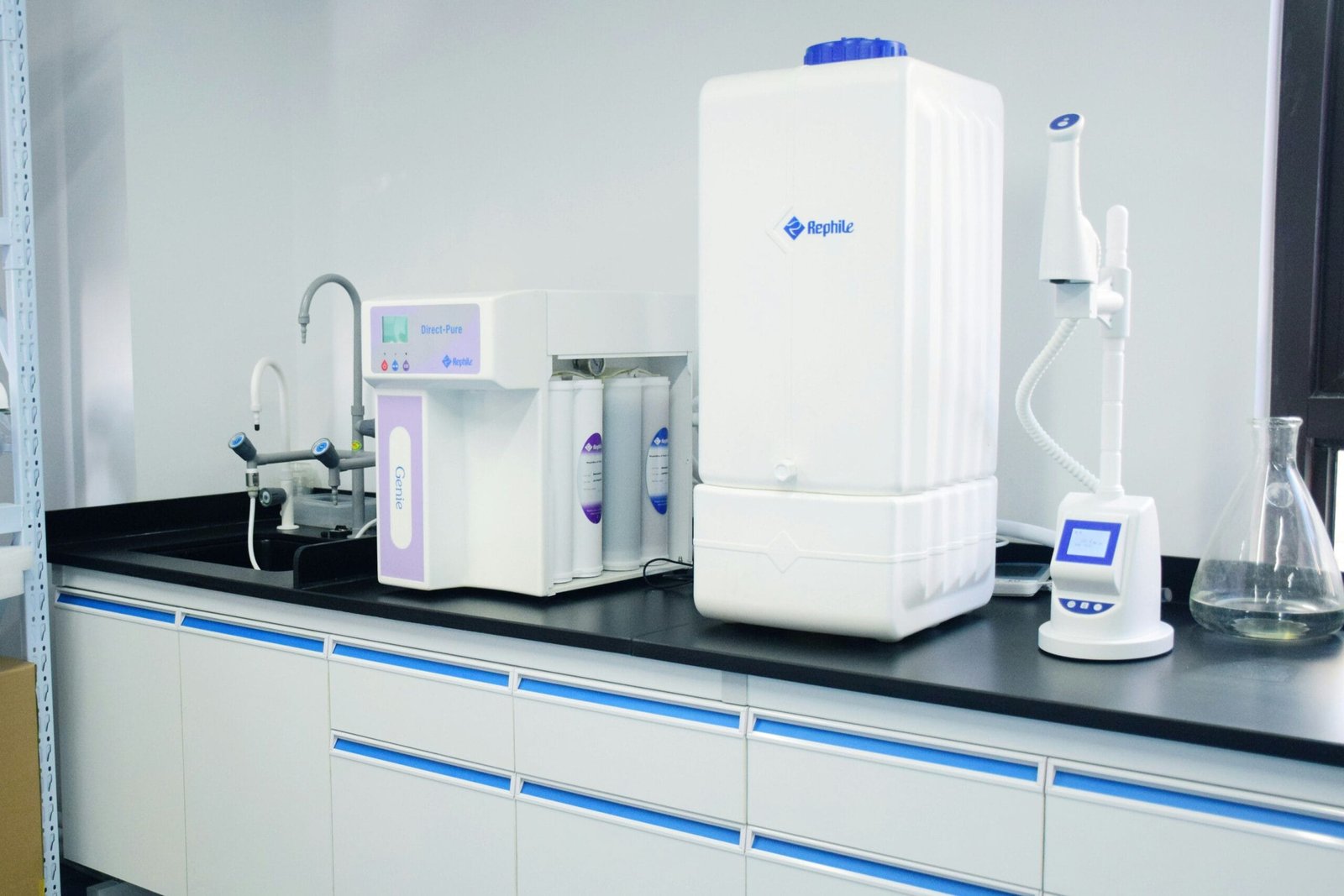? Do you want to know which filter will effectively remove iron from your well water and how to choose, install, and maintain it?
What Kind Of Filter Removes Iron From Well Water?
You’re asking the right question. The best filter for removing iron from well water depends on the form and concentration of iron in your water, the presence of other contaminants, and your preferences for maintenance, cost, and water usage. This article breaks down all the options clearly so you can pick the right solution for your home.
Why iron in well water matters
Iron in your well water can cause reddish-brown stains on fixtures and laundry, unpleasant metallic tastes, and clogged pipes or appliances. You’ll want to treat iron not only for aesthetics but also to protect plumbing and household systems. Different iron types behave differently and require different treatment strategies.

Types of iron found in well water
You should first understand what form of iron you have. There are three main types you’ll encounter.
Ferrous iron (dissolved, clear water iron)
Ferrous iron is soluble in water and appears invisible when you first draw water. After sitting, it oxidizes and forms the red-brown stains you see. If most of your iron is ferrous, oxidation-based filtration or water softeners can work well.
Ferric iron (oxidized, particulate, red water iron)
Ferric iron has already oxidized and is present as tiny particles that make water look cloudy or red. This type is usually removed with standard particulate filters, backwashing filters, or cartridge filters rated for the particle size.
Iron bacteria
Iron bacteria are living organisms that feed on iron and create slimy coatings, clogging wells and plumbing. They require different approaches — often disinfection or shock chlorination plus mechanical filtration — because typical filters don’t destroy bacteria.
Test your water before choosing a filter
You should get your water professionally tested to know the iron concentration (ppm or mg/L), the type (ferrous vs ferric vs iron bacteria), pH, manganese, hardness, and dissolved oxygen. These parameters dictate the right filter type and system size.
What tests to request
Ask for:
- Total iron
- Ferrous iron (dissolved)
- Manganese
- pH
- Hardness (calcium and magnesium)
- Hydrogen sulfide (rotten egg smell)
- Bacterial testing (if you suspect iron bacteria)

Overview of treatment methods
You’ll find several common approaches for iron removal. Each has advantages and limitations depending on iron concentration and water chemistry.
Sediment or particulate filtration
If your iron is oxidized (ferric), simple sediment filters or cartridge filters (e.g., 5 micron) can remove visible particles. These are inexpensive and easy to install but require regular replacement and won’t remove dissolved ferrous iron.
Oxidation + filtration systems
Oxidation converts dissolved ferrous iron into ferric iron particles, which are then filtered out. You’ll often see three common oxidizers: air (aeration), chlorine, and potassium permanganate. After oxidation, you need filtration media to trap the particles.
Greensand (manganese greensand) filters
Greensand is an oxidizing filtration media that removes iron and manganese after being regenerated with potassium permanganate. It’s effective for moderate iron levels but requires proper maintenance and chemical handling.
Catalytic carbon filters
Catalytic activated carbon can catalyze oxidation of iron and remove tastes, odors, and some organic compounds. It’s useful when combined with pre-oxidation or when chlorine is used as the oxidant.
Birm filters
Birm is a media that catalyzes oxygen to oxidize dissolved iron and manganese, then filters out the particles. It’s cost-effective but requires sufficient dissolved oxygen in the water (it won’t work if chlorine or oxygen is lacking).
Air injection (aeration) systems
Air injection systems introduce oxygen to oxidize ferrous iron to ferric form, which is then filtered. These systems are chemical-free and low-maintenance but require proper sizing and may need periodic backwashing and drainage.
Oxidizing filters with automatic backwash (pressure filters)
These systems combine oxidizing media (greensand, Birm, or catalytic carbon) with automatic backwashing. After oxidation and capture of particles, the filter backwashes to clean the media. They’re suitable for whole-house treatment.
Ion exchange (water softeners)
Water softeners can remove low levels of dissolved ferrous iron (typically up to 3 ppm) by exchanging iron ions for sodium or potassium. However, iron fouls resin over time, increasing maintenance and requiring pre-filtration for higher iron levels.
Chemical oxidation (chlorination, hydrogen peroxide, potassium permanganate)
Chemical oxidants quickly convert ferrous iron to ferric particles. Chlorination is common and also disinfects iron bacteria. After oxidation, you must filter or allow settling before the water goes to your house.
Reverse osmosis (RO)
RO systems can remove iron down to very low levels at the point-of-use (drinking water), but they’re not practical for whole-house treatment. They also require pre-filtration to prevent membrane fouling.
Quick decision guide: which treatment for your iron level and type
Use this table as a quick starting point when choosing a treatment method.
| Iron type / concentration | Recommended methods | Notes |
|---|---|---|
| Ferric iron (particulate), low to moderate | Sediment cartridge or backwashing filter | Simple and inexpensive; change cartridges or backwash often |
| Ferrous iron (dissolved), |

